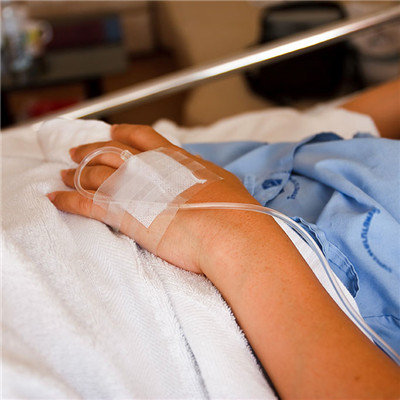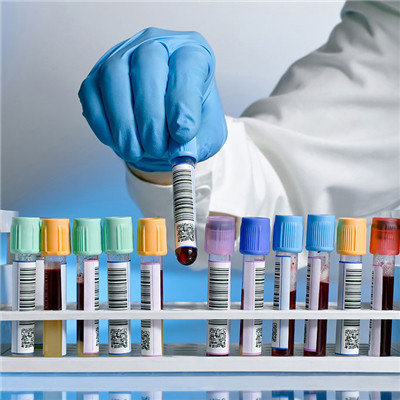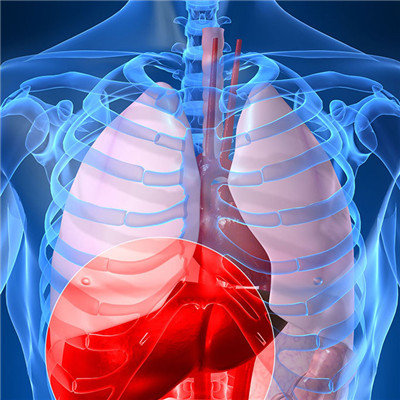How to treat pituitary tumor?
summary
Pituitary adenomas are a group of tumors arising from the residual cells of anterior and posterior pituitary and craniopharyngeal epithelium. About 10% of intracranial tumors have obvious clinical symptoms. Male slightly more than female, pituitary tumor usually occurs in young adults, often affect the patient's growth and development, reproductive function, learning and working ability. How to treat pituitary tumor? Next, I'd like to share my views with you.
How to treat pituitary tumor?
First: at present, the treatment of pituitary tumor is mainly surgery, supplemented by drug therapy and radiotherapy. The location of pituitary tumor is in sellar region, and there are some important nerve structures around it, such as optic nerve, internal carotid artery, hypothalamus, etc. At present, transsphenoidal surgery, craniotomy and gamma knife are the main surgical methods. If the diameter of the tumor is more than 3cm, the tumor with adhesion to the optic nerve or impaired vision can be treated by surgery first. The operation must achieve full decompression of the optic nerve, and then gamma knife treatment is performed after the operation. However, there is still possibility of recurrence after the operation, so regular review is needed.

Second: for prolactin secreting pituitary tumors, more than 90% of patients (whether microadenomas or macroadenomas) can use dopamine agonists (short acting agent bromocriptine, long acting agent carbergolin) to control the PRL level and reduce the tumor volume. Only those prolactinoma patients who are allergic or intolerant to these drugs, whose acute symptoms caused by tumor compression need emergency surgical decompression, or whose patients are not willing to accept surgical treatment, can choose surgical treatment. During the treatment of bromocriptine, the dose of bromocriptine should be gradually increased until the serum PRL level is reduced to normal level, and the dose should be adjusted for long-term maintenance treatment.

Third: because pituitary adenoma is an adenoma, its sensitivity to radiotherapy is poor. After radiotherapy, 70% - 80% of patients have decreased pituitary function, which reduces the quality of life of patients. Therefore, radiotherapy is only applicable to patients with residual surgery, intolerance to surgery, drug insensitivity, comorbid diseases and inability to accept surgery or drug treatment.

matters needing attention
Don't overeat and eat on time. Pituitary tumor patients should eat light diet, less spicy, fried, fried, liquor and other non digestible and stimulating food. 2. Pay attention to eat more foods rich in vitamin A, carotene and vitamin B2. At the same time, the selection of high phospholipid foods to brain, such as egg yolk, fish, shrimp, walnuts, peanuts and so on. 3. We should consciously choose more, such as eggs, liver, kidney, carrot, spinach, millet, Chinese cabbage, tomato, day lily, cabbage, medlar, etc.
















